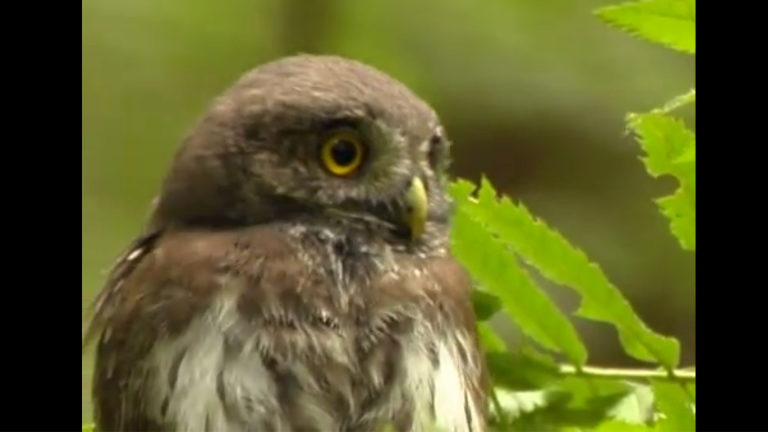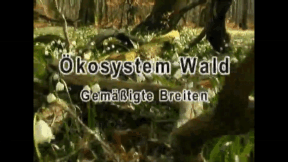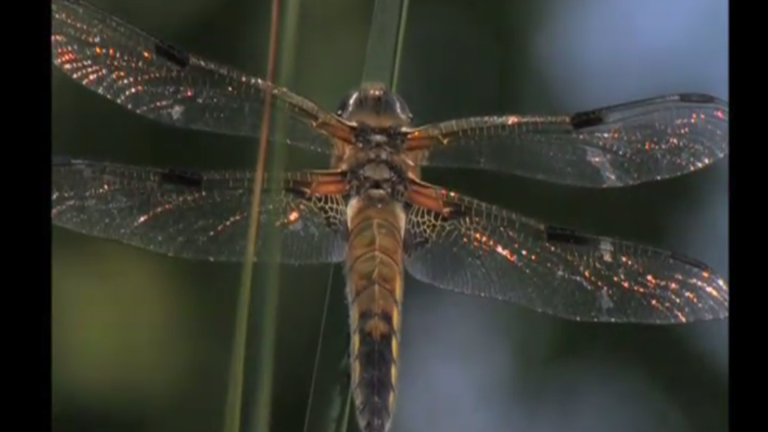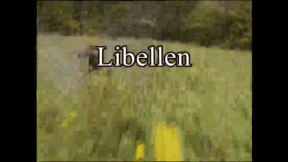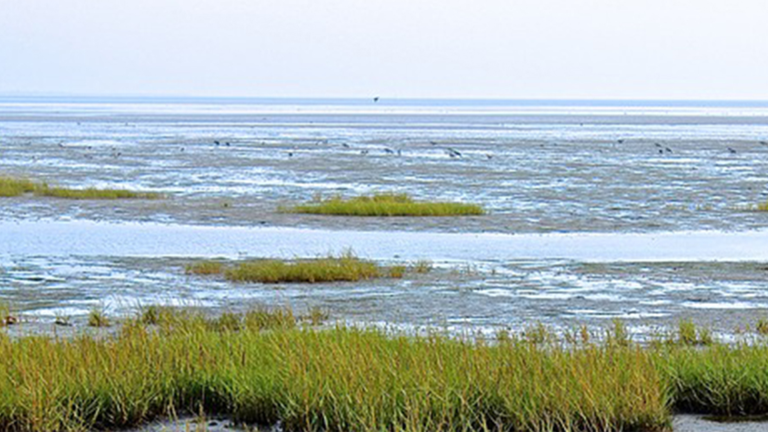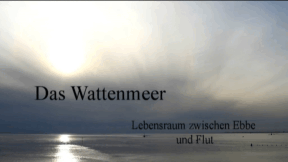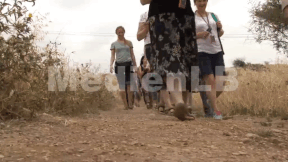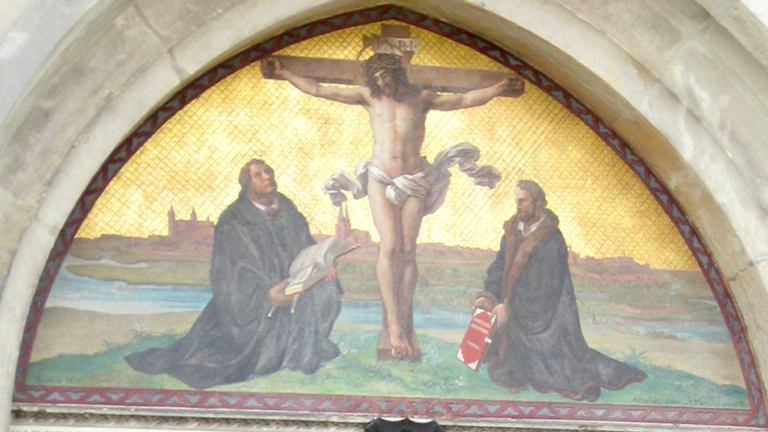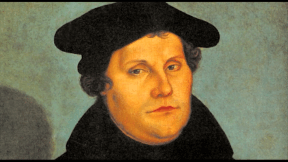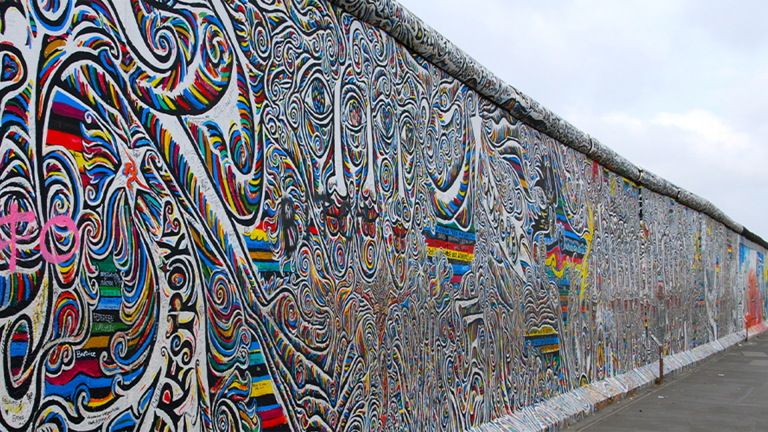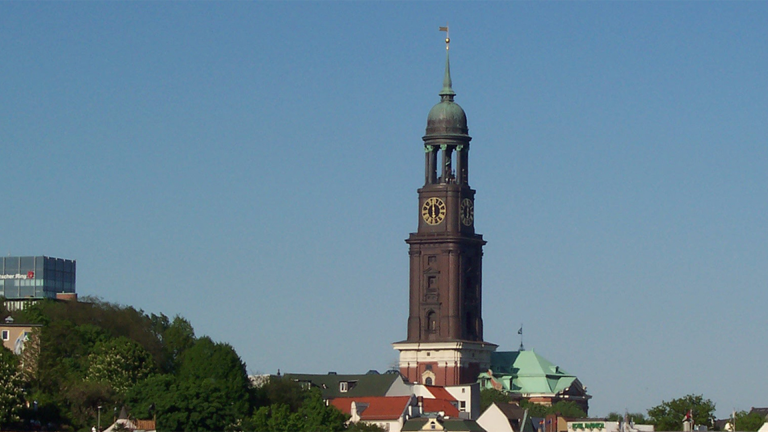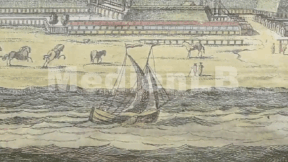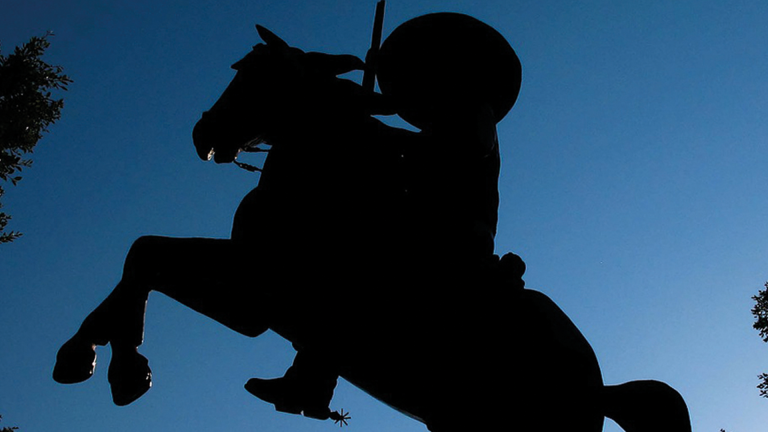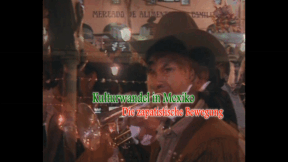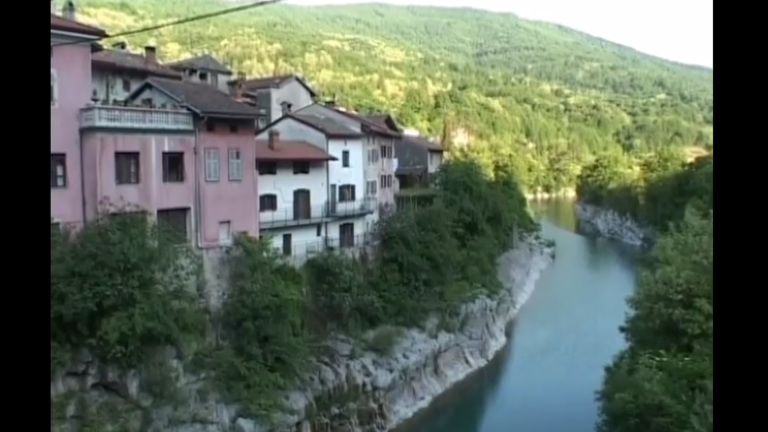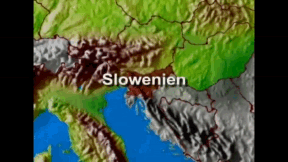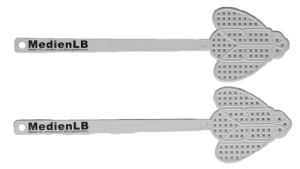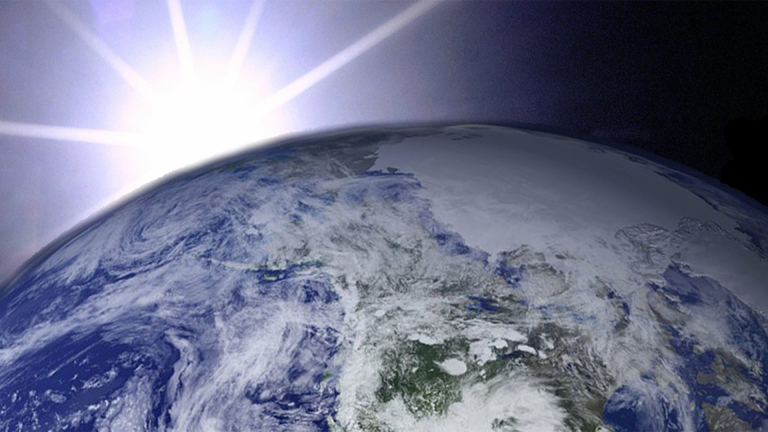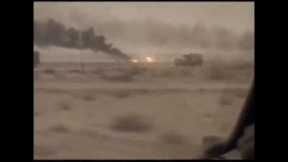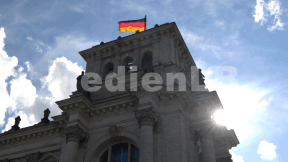Suche:
- # Artistry
- # Biology
- # Chemistry
- # Ecological
- # Economy
- # English
- # Foreign Language
- # Geography
- # German
- # Health
- # History
- # Informatik
- # Latin
- # Mathematics
- # Media Education
- # Music
- # Physics
- # Politics / Civics
- # Preschool
- # Primary School
- # Religion
- # Society
- # Sports
- # Technology
- # Training of Teachers
- # Vocational Education
Ecosystem Forest
The forest – it is not only a collection of trees but a dynamic symbiosis of many different plants and animals. Their com- plex interdependence forms the basis of the ecosystem. DVD 1: Temperate Climes DVD 1 describes the structure and chain of aspects in the de- ciduous mixed forest typical of temperate climes. The various layers (herb layer, brush layer, canopy) are presented with their respective characteristics. The film describes the natural development of the ecosystem forest, compares natural forest and commercial forest and looks critically into human interference. DVD 2: Animals and Plants DVD 2 initially concentrates on the natural development of the forest (natural rejuvenation, succession, climax vege- tation). It then goes on to focus on the forest dwellers and their interrelations. The whole range of animals and plants is presented: from fungi and insects to birds and bats.
Learn moreDragonflies
The dragonfly – a fascinating hunter with incredible skills: with its iridescent wings, which make up two per cent of its body weight, it manoeuvres artistically in the air and serves as a model for ultra-lightweight design. A survival specialist that has been dwelling on earth for 320 million years.
Learn moreWadden Sea
Wadden Seas are parts of seas or landscapes on the coast respectively. Characteristic of these landscapes is that Wadden Seas are particularly exposed to the tides. There are many Wadden Seas in the temperate zones all over the world. The sea accessible by wading is usually flooded twice a day during high tide. The areas drying out at low tide are called mudflats. The habitat is susceptible to pollutions, in particular to those caused by man. We deal with the natural landscape between the Dutch Den Helder and the Ho Bay in Denmark that covers 10,000 square kilometres in total. The Wadden Sea along the North Sea: National Park, UNESCO World Heritage natural site and the largest contiguous area of mudflats in the world. The North Sea coast is wilderness on the one hand, work of man on the other hand.
Learn moreJesus Christ
Long hair, a beard and a slender figure. This is the picture of Jesus Christ that we have in mind. We do not know whether he actually looked like that. But there is hardly any doubt that he lived about 2,000 years ago. After all, there are various independent sources reporting his crucifixion. But what was so special about him? Why has a world religion emerged from his teaching, whereas many other preachers of his time have long been forgotten?
Learn more500 Years of Reformation
On 31st October 1517, Martin Luther published his 95 Theses against the sale of indulgences.
Learn moreDeutschland
Seit 70 Jahren hat die Bundesrepublik Deutschland stabile politische Verhältnisse. Welchen Weg die Bundesrepublik gegangen ist, wie die Wiedervereinigung gemeistert wurde, das zeigt der Film ebenso wie er auf die naturräumliche Gliederung eingeht.
Learn moreHamburg
The history of the city is closely related to the history of its port. As early as the 9th century, a small harbour was mentioned in historical records.
Learn moreCultural Change in Mexico
31 federal states and the capital district of Mexico City form the United Mexican States.
Learn moreSlovenia
This DVD offers a clearly structured overview covering the following aspects: Situation in Europe, size and population, regions (Alps, Dinar Mountains, Pannonian Plain, Mediterranean coast), mountains (Julian Alps, Dinar Mountains, Karawanken), landscapes of particular interest (karst mountains, caves, Grottos of Adelsberg, “poljes”, Lake of Cerknica), rivers (Drava, Mur), the climate, history (overview up to today’s form of government, Yugoslavia, Declaration of Independence in 1991), traffic and infrastructure, economic structure, commerce, industrial products (Elan, Revoz-Renault, Gorenje), agriculture, Lipizzaner horses, mining and energy supply, tourism, important cities (Maribor, Celje, Koper), sights, seaside resorts, capital of Ljubljana, traditions, food and drink, language, education, culture and music. High-quality film clips and aerial shots, animated maps, historical film scenes as well as original sound interviews give the pupils a comprehensive overview of the country and its people.
Learn moreThe Wounded Planet
Over millions of years the development of the Earth was determined by nature. Today, man determines the development of nature but not to its advantage.
Learn moreLobbying
The word "Lobby“ comes from the English and originally refers to the anteroom or entrance hall of the English Parliament building. There the Members met people who were not allowed in the meeting room to talk with them. The most diverse representatives tried to exert inflluence on the delegates by, for example, expounding pros and cons of a certain behaviour.
Learn morePolitics of the USA
The United States of America. The nation’s political power is centred around the Capitol in the capital Washington D.C. This block encompasses the most important government buildings. Under the dome of Congress, both parliaments of the federal government are housed.
Learn more



